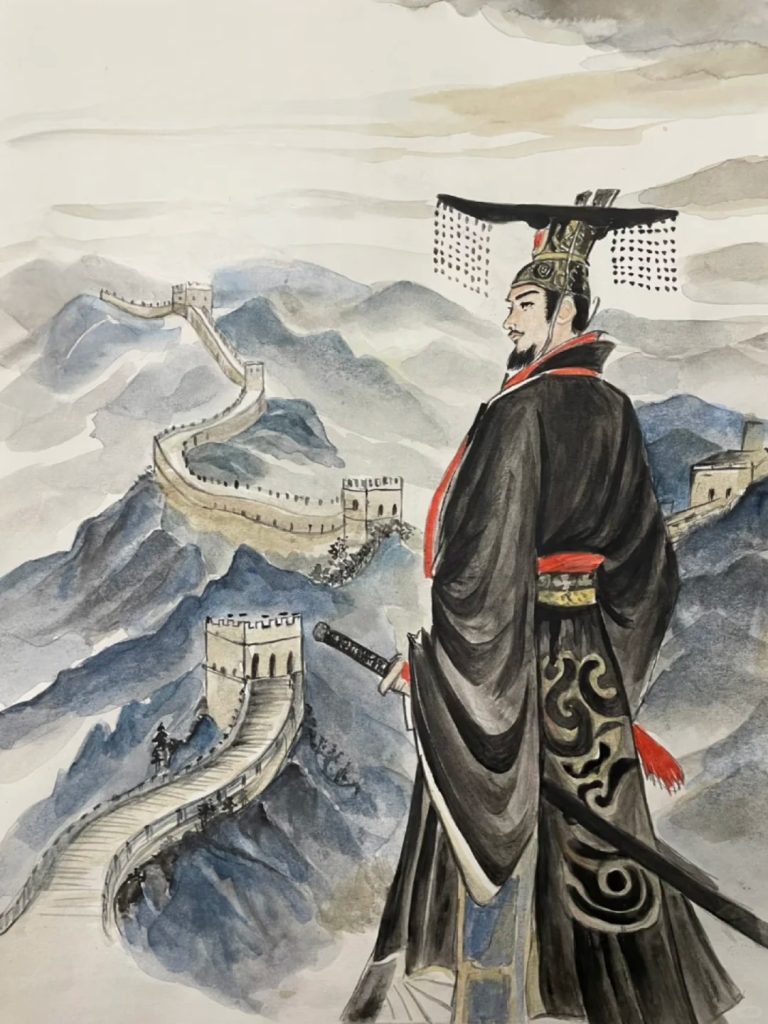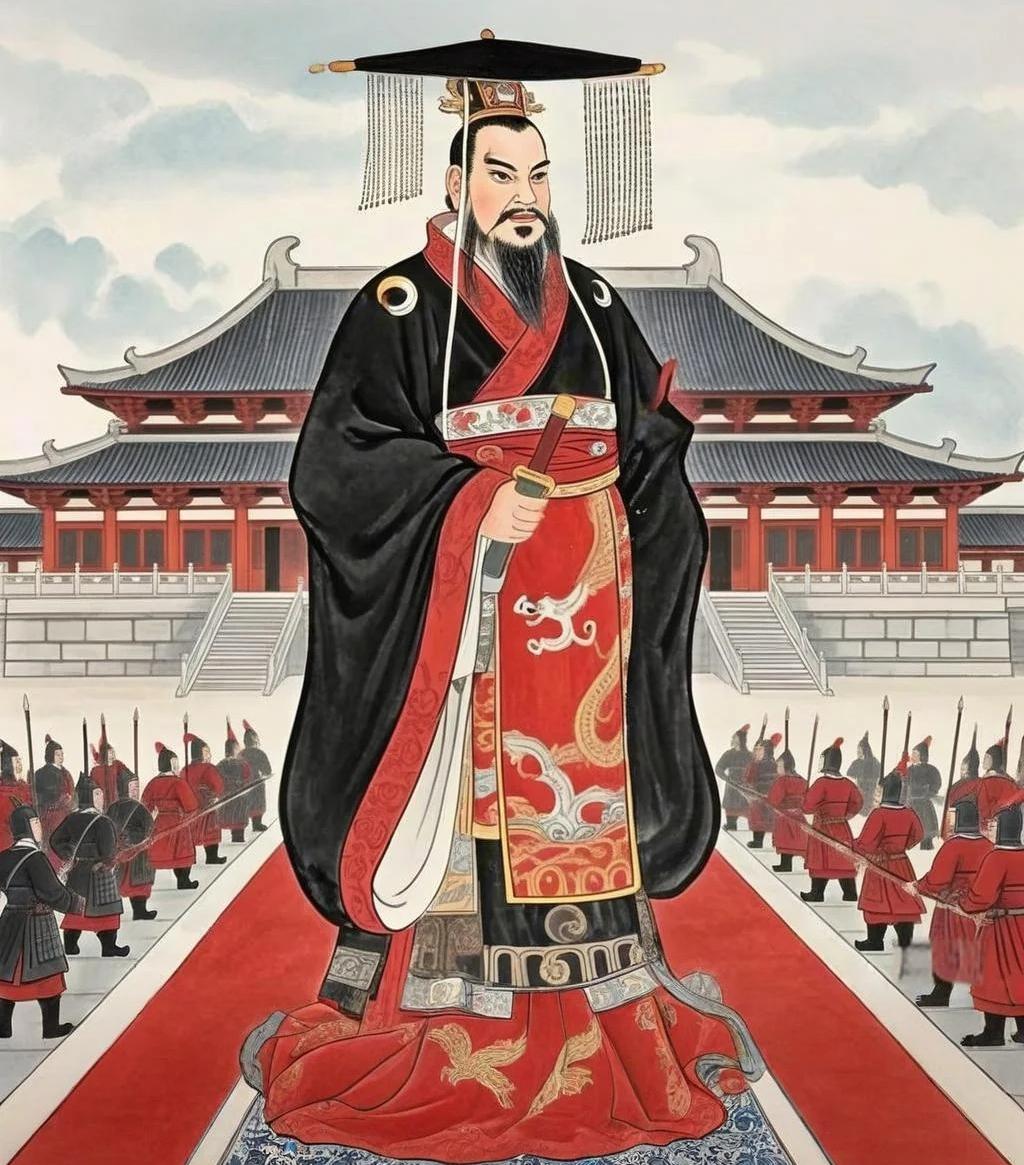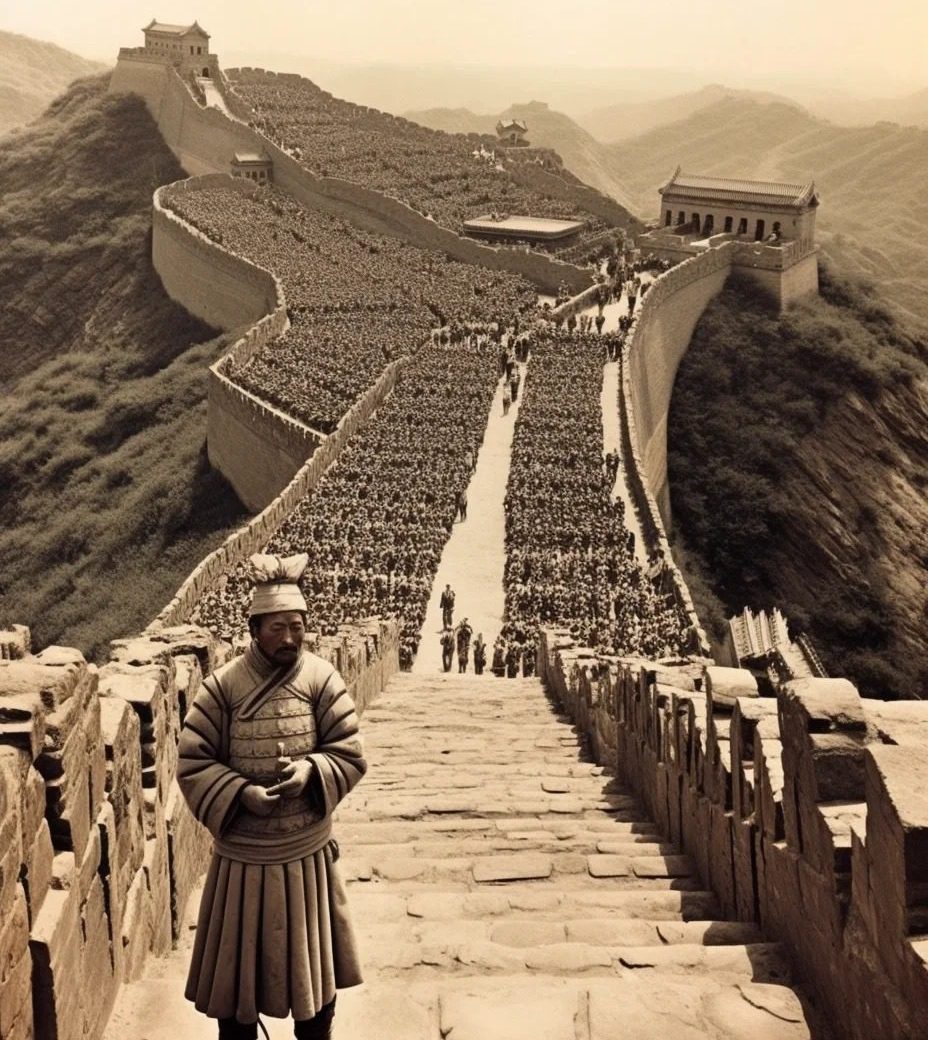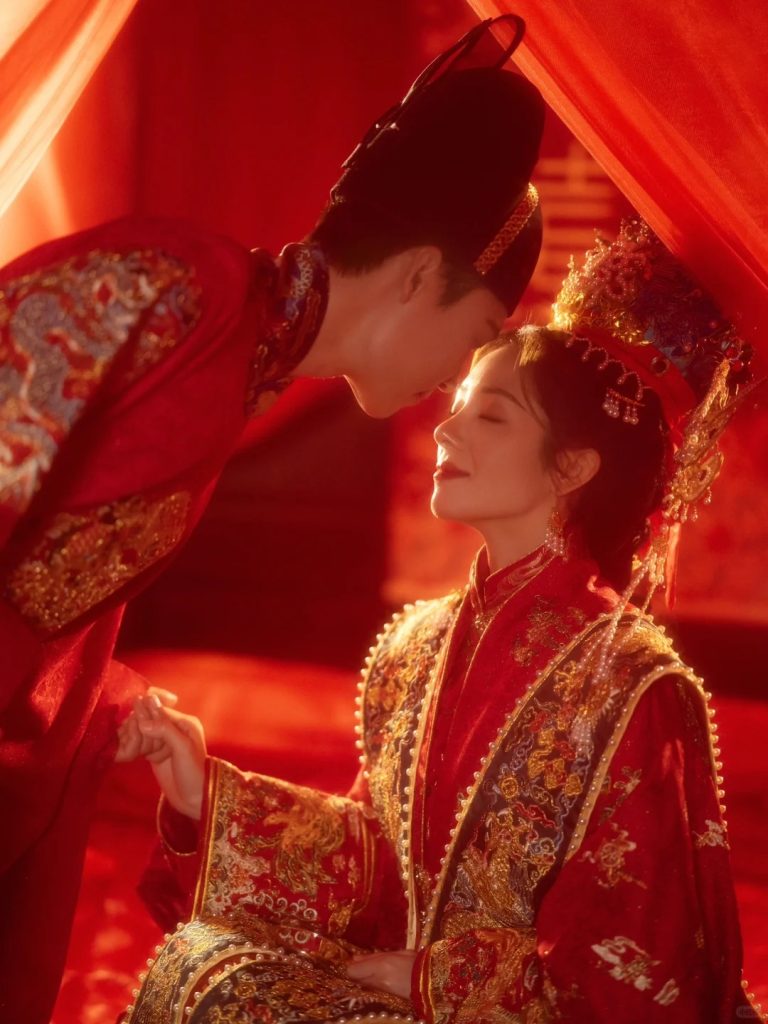The greatest emperor of all time, or the greatest mistake of all time? What kind of person was Qin Shi Huang?

He unified the six kingdoms and created a great unification;
He burned books and buried scholars, and built the Great Wall.
Some people respect him as a model emperor, while others call him a tyrant of all time.
For thousands of years, he has been the focus of controversy.
Today, let’s talk about the most complicated emperor in Chinese history – Qin Shihuang.
He ended the chaos and unified China
In the smoke of the Warring States Period, Qin Shihuang swept across the world, destroyed Han and Zhao, attacked Wei and took Yan, swallowed Qi and Chu, and completed an unprecedented feat with iron-blooded means – the first real unification in Chinese history.
He abolished the feudal system, implemented the county system, created a centralized governance structure, unified the writing (small seal script), weights and measures, currency, and track, and established a standardized management model. He can be called the founder of the state machine.

It can be said that without him, there would be no prototype of the “Chinese Empire” later.
He also plunged the people into the abyss
Qin Shi Huang was a man with an extremely strong desire for control. He advocated the Legalists, implemented harsh laws and strict punishments, and “taught officials” in everything. The people could be severely punished for making the slightest mistake, and the society was full of repression and fear.
The “burning of books and burying of Confucian scholars” made him bear a heavy infamy in cultural history. A large number of books were burned, thoughts were imprisoned, and Confucian scholars were buried alive, just for the unity of thought – but it also paid a heavy price for cultural diversity.
Coupled with the construction of large-scale projects such as the Great Wall, Afang Palace, and Qin Mausoleum, the corvée was heavy and the people were extremely exhausted. A few years after “the world returned to Qin”, a large-scale uprising broke out and the Qin Dynasty quickly perished.
It can be said that he won the war, but lost in the hearts of the people.
He pursued immortality, but ultimately could not escape fate
The thing that Qin Shihuang was most obsessed with in his later years was not governing the country, but immortality.
He sent people everywhere to seek immortals and medicine, and once ordered Xu Fu to take thousands of boys and girls to the “Island of Seeking Immortality” in the east, but nothing came of it. He was obsessed with the eternity of power, but ignored the sustainable operation of the state machine.

In 210 BC, Qin Shihuang died on his fifth eastern tour. The news of his death was kept secret, and his body was hidden in a carriage to prevent unrest. Ironically, the Qin Dynasty was destroyed only three years after his death.
History should not define him with a label
Is Qin Shihuang “the greatest emperor of all time” or “the greatest mistake of all time”?
There is no absolute answer to this question.
He is a founder and a destroyer; he is the father of the system and a dictator. His contributions are great, but his mistakes are also shocking.
Sima Qian said that his “merits and demerits offset each other”, while Mao Zedong said that he “has both advantages and disadvantages, but generally speaking, the advantages outweigh the disadvantages”. We may not be able to make a final judgment on him from a moral high ground, but we can see from him the complex and dangerous game between power, system and people’s hearts.
To understand Qin Shihuang is not to judge the past, but to think about the future.
What do you think of Qin Shi Huang?
If you lived in the Qin Dynasty, would you support him?
Is his ruling style of “sacrificing everything for unification” still relevant today?
Leave a message and I’d like to hear your opinion.





Responses